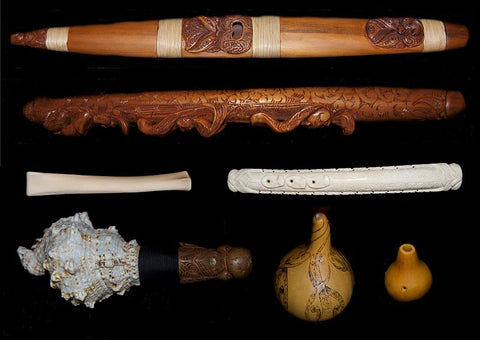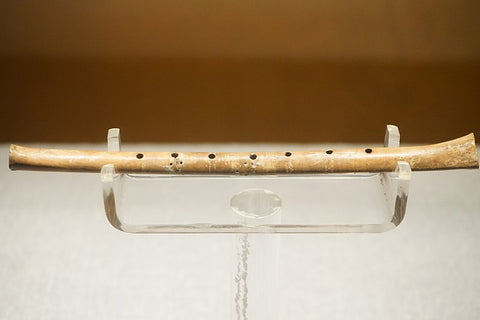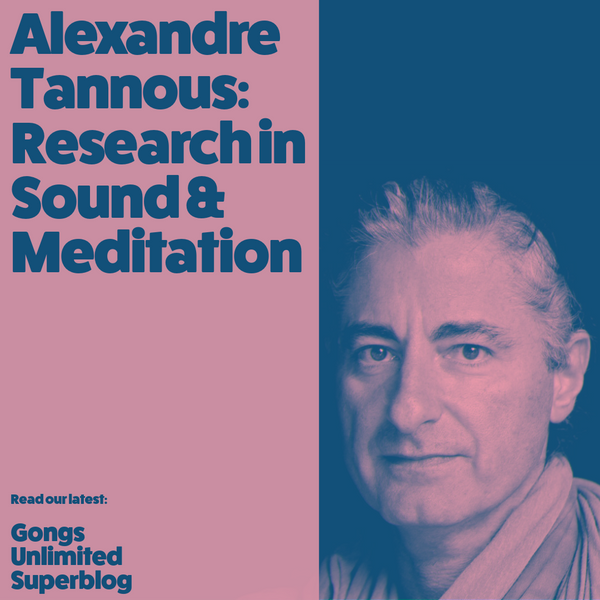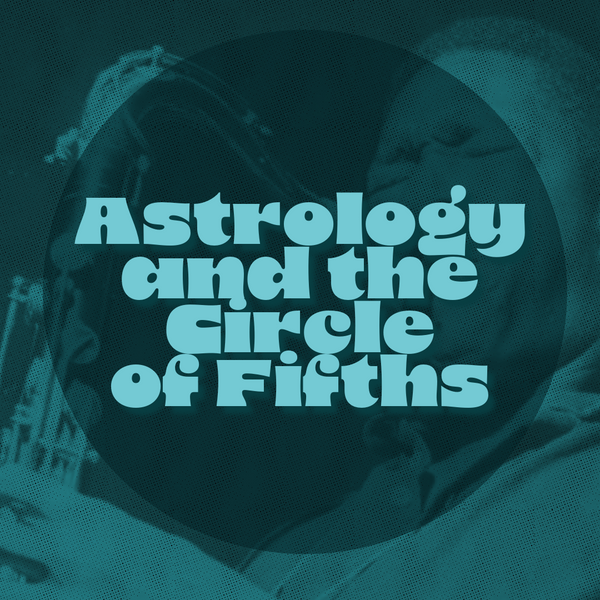We all get jazzed up about all the appreciation that Sound Therapy and Healing is receiving now in our modern world, but as healers and therapists, we can all appreciate that our modern soup du jour of sound healing is built on a savory, complex broth of historical methods, traditions, and instrumentation. We draw from thousands of years of Asian, African, Greek, Egyptian, Indian, and many other lesser-known spiritual traditions from around the world. (New Age note: If you want to go back further, you can add Atlantean and Lemurian traditions too!)
It's valuable to reflect on how these ancient practices and understandings have carried over into what we call "sound healing" today, how they exist on their own, and how they have intermingled with European classical and liturgical music. Being more informed and adding some of that knowledge to what we are doing today will help strengthen your practice.
Along the way, while reading these posts, you might even have remembrances or inklings of your sound or healing work from past lives. If you do, allow it to flow into the present. Don't go back to the past; bring it to present to use it. We hope these writings will stimulate your brain in an intellectual manner, but also allow your mind to access your spiritual information as well.
In this series of blog posts, we will focus on some of the rich spiritual traditions in sound healing all across Earth, like the Phee Mod Meng in Thailand, and the Maori and Taonga pūoro, as two examples.

(Phee Mod Phee Meng of Lampang, Thailand; Photo source here)
(Collection of Mãori Taonga pūoro)
So that is the where, but what about the when?
Given the nature of our human perception of time, we can only show you a timeline of the past, not the future, but please enjoy some of this history of sound healing. This is by no means an all-encompassing list, but it’s a good introduction for context to understanding the healing traditions we’ll be investigating in the next few months.
We will keep updating it, so if there are events we can add. please let us know.
-35,000 years ago, bone flutes were left in a cave in modern-day Germany. Cave paintings were made in various parts of the world depicting music and dance

(Prehistoric Bone Flute)
-In 1500 BCE, Egyptian medical papyri were written that mention the influence that music has on the human body
-In Ancient Greece, philosophers explored the relationship between mathematics, music, and philosophy, believing it to have direct effects on different moods
-In the 2nd century bce, the Silk Road formed, connecting the musical and cultural traditions of China, India, and other parts of southeast Asia to Europe, Africa, and the Middle East
-From 1719 to 1748 in India, under the last Mughal emperor Muhammad Shah, the mixing of Hindu and Persian dancing, music techniques, and instrumentation enriched Indian musical traditions
-The first official mention of "Music Therapy" in writing came in 1789 from an article called "Music Psychically Considered"
-In 1842, Britain took control of Hong Kong Island after winning the First Opium War against the Qing Dynasty. At this time, the 4-stringed, pear-shaped Pipa was a popular folk instrument in China, used since the Song dynasty in ceremonies, songs, and dances
(The Chinese Pipa)
-The Phonograph was invented in 1877, allowing doctors to use music in operating rooms
-In 1891, the Guild of St. Cecilia brought musicians to London hospitals to attempt to bring relief to patients
-In North America in the mid-1890s, the first pan-tribal Indigenous musical traditions begin to form as a result of the forced tribal migrations like the Trail of Tears. These included things like powwows, peyote songs, and the Ghost Dance, mixing various traditions of the flute with drumming, chanting, and dancing
-In 1903, the National Society of Musical Therapeutics is formed in the US
-In 1919, a course in Musicotherapy is taught at Columbia University by musicians Isa Maud Ilsen and Margaret Anderson
-The National Association of Music Therapy (NAMT) is formed in the US in 1950 and music therapy becomes recognized as a formal profession as music is used to aid soldiers returning from WW2
-In 1968, Yogi Bhajan brings the yoga of the gong to the West
-In 1983 the Certification Board for Music Therapists is created in the US to add credibility to the profession
-In 1998 the NAMT and the AAMT merge to become the American Music Therapy Association (ATMA), which publishes research journals and advocates for the music therapy profession



M H
Author